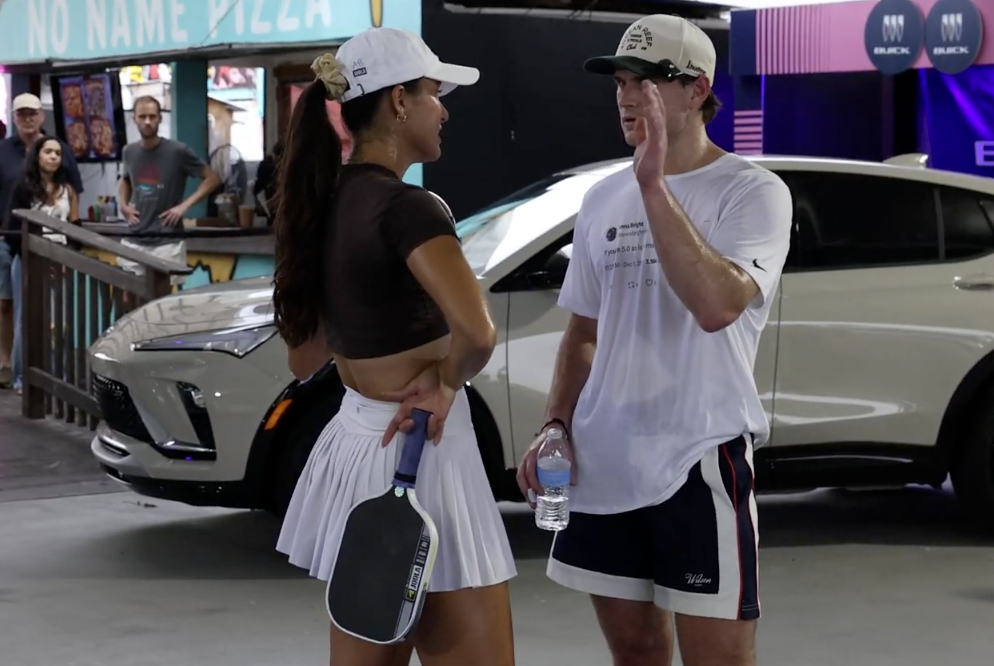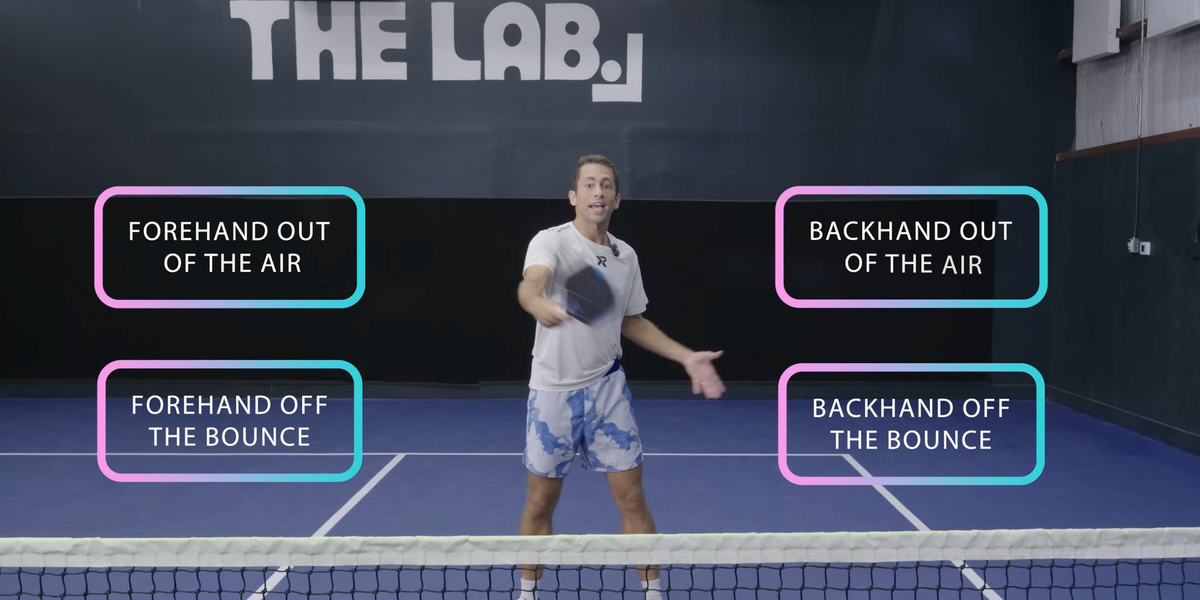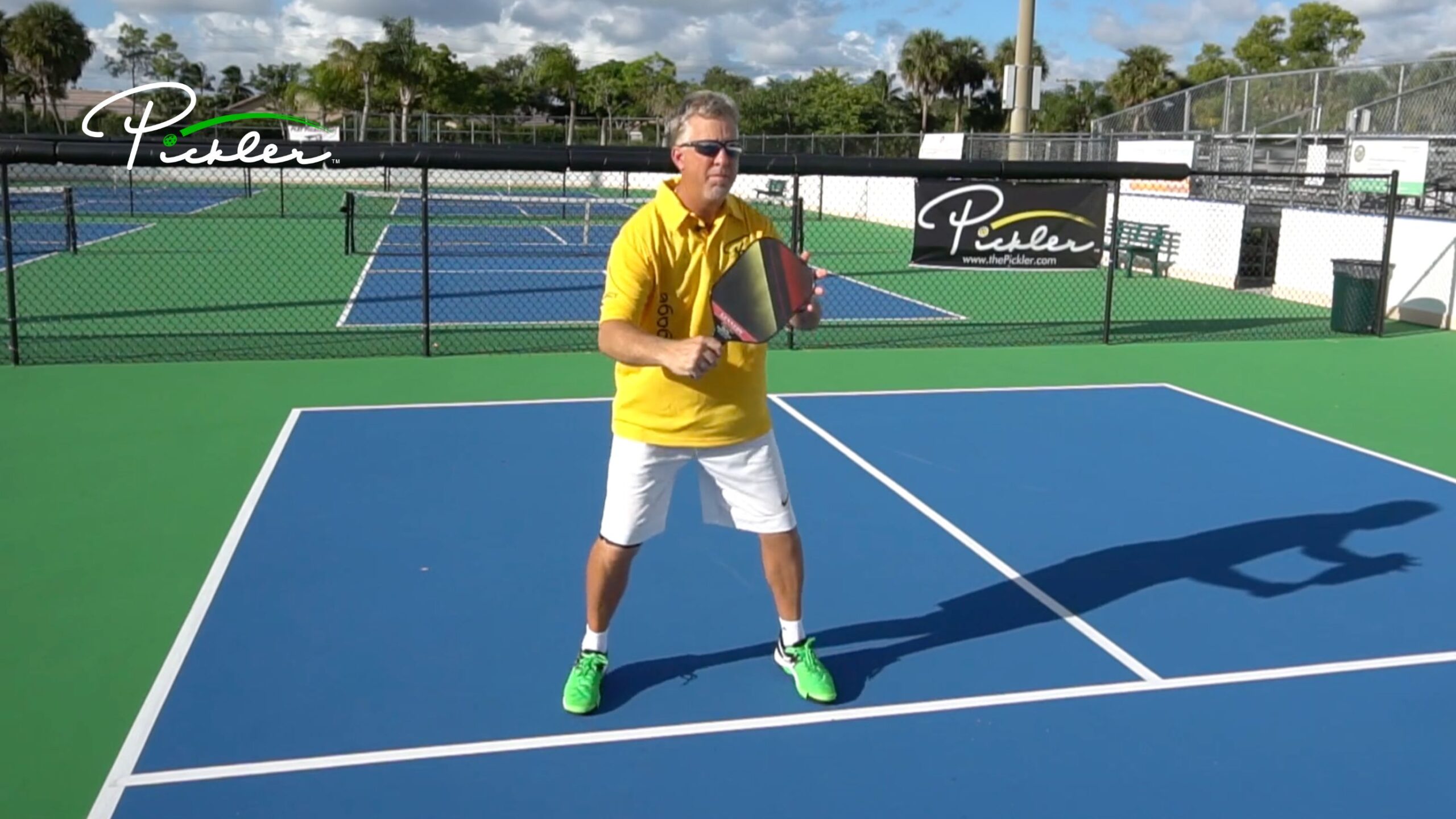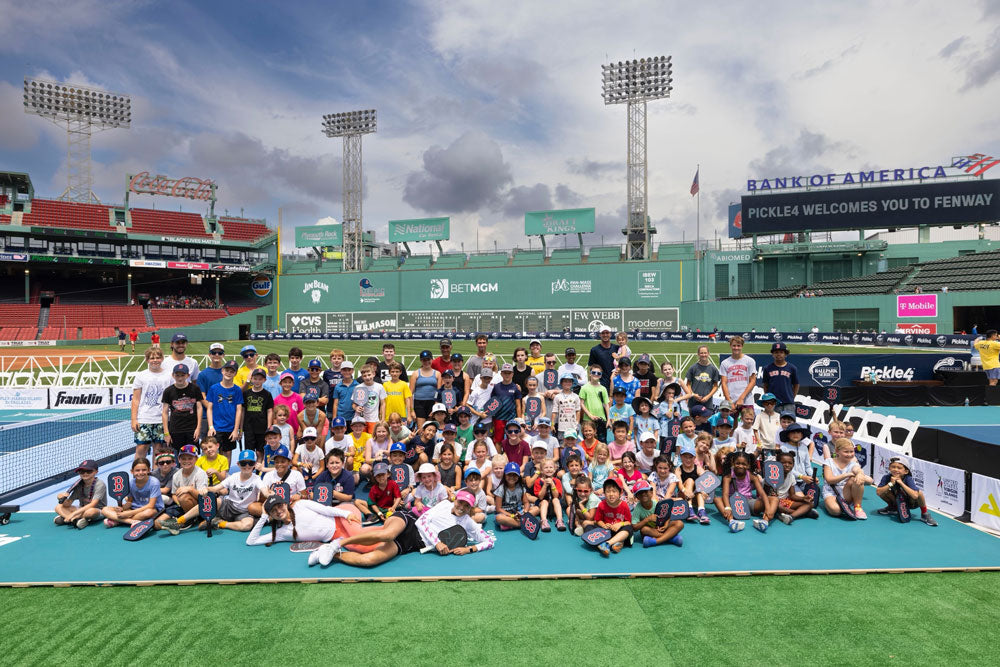Indoor facilities are all the rage at the moment but they’re not without their disadvantages when it comes to the planning and construction phases. Many present problems that weren’t apparent on the initial viewing and this has led to the establishment of a new trend.
The surge in the popularity of national indoor facilities began around early 2023, coinciding with the departure of big box stores from sizable retail locations.
These indoor spaces, often exceeding 40,000 square feet, presented ideal, flat concrete canvases suitable for numerous 20 x 44-foot pickleball court layouts.
However, as Forbes discovered not every location proves feasible. Will Richards, the founder of Dill Dinkers with multiple sites in and around Washington DC, emphasizes the persistent challenge posed by internal support pillars.
 Image courtesy of Dill Dinkers Pickleball
Image courtesy of Dill Dinkers Pickleball“The biggest challenge is always the columns. We recently went to visit a potential spot, went inside, and walked right back out in two minutes.
The support columns were only 26 feet apart.” he continued, “It can be challenging to find good locations, but with an eye to the right details we’ve been able to open four in less than a year.
“Other factors that come into play include parking, zoning, ceiling height, number of bathrooms, and just overall readiness of location.”
Dan Jenkins, a real estate entrepreneur in Dallas and a Pickleball Kingdom franchisee, is set to unveil the largest dedicated indoor facility in Texas in early 2024 – a 15-court unit in Plano. While leasing his initial spot, Jenkins observes that not all existing locations are ready to go straightaway.
“What we’ve found in Dallas is, for every big box store going out of business, there’s another big-box player that wants it. And, these spots are not cheap.
To keep costs down, we’re looking at ground-up builds. The best part about ground-up builds? Zero structural column issues.”
Brian Harper from Pickle and Social echoes this sentiment, emphasizing their commitment to a top-notch pickleball experience through a bespoke facility with optimal configurations in terms of ceiling height, colors, and windows.
“We wanted a first-in-class pickleball experience, which means we did a custom build. We have the perfect config; ceiling height, colors, and windows.”
Todd Boss from Forbes explains how in the quest for suitable spaces, many businesses explore repurposing existing venues beyond the stereotypical vacant Bed Bath & Beyond locations.
Keith Minor, co-founder of GameChangers in the Chicago Suburbs, transformed an abandoned roller rink by stripping the flooring to reveal a smooth cement surface.
 Image courtesy of GameChanges Pickleball & More
Image courtesy of GameChanges Pickleball & MorePickleballerz in Chantilly, Virginia, showed impressive creative nous when it utilized vacant adjacent spaces in an industrial office park to accommodate six courts.
Performance Pickleball in Richmond, VA, took over the bottom floor of a long-vacant Macy’s department store.
Dill Dinkers also demonstrated impressive resourcefulness when it converted spaces such as a warehouse, a mall, an abandoned trampoline park, a sports complex, and even leveraging existing tennis bubbles.
Despite the availability of spaces nationwide with initial footprints suitable for indoor pickleball, it looks as though increased competition may create a trend towards more custom-built facilities in the future.
How useful was this post?
Click on a star to rate it!
We are sorry that this post was not useful for you!
Let us improve this post!
Tell us how we can improve this post?
Source: Pickleball UnionAnuncie Aqui / Advertise Here
Sua marca para o mundo Pickleball! / Your brand for the Pickleball world!

 English
English  Spanish
Spanish  Portuguese
Portuguese  German
German  Italian
Italian  Japanese
Japanese  French
French  Polish
Polish  Russian
Russian  Netherlands
Netherlands  Hungarian
Hungarian  Turkish
Turkish  Videos
Videos  Pickleball Union
Pickleball Union







 English (US) ·
English (US) ·  Portuguese (BR) ·
Portuguese (BR) ·